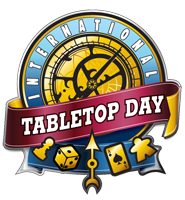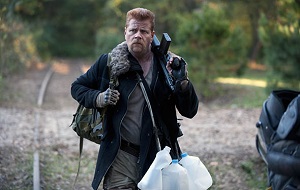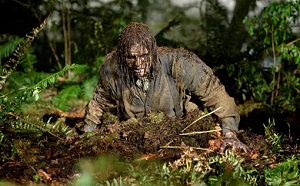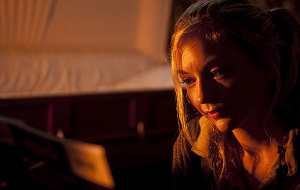 Today, April 5th, is International Tabletop Day!
Today, April 5th, is International Tabletop Day!
It’s an easy day to observe: just get together with people you like (or people you might like) and play some games. Old-fashioned cardboard and plastic, look-each-other-in-the-eye games. Here are few of our favorite zombie games to get your started:
Zombie Dice: Super simple, super fast game perfect for families. Even grandmas love this one.
Last Night on Earth: Based on classic zombie movies this game of heroes v. zombies is perfect for a dedicated game night.
Zombie Fluxx: Fluxx is a frantic card game of constantly changing rules and the zombie version has… zombies!
Munchkin Zombies: Munchkin is all the best things about role-playing games without all the fuss. The Zombie version includes the same hilariously weird sense of humor but adds rotten flesh.
There are dozens of zombie games out there and hundreds more great games that suffer only from their lack of zombies. Find a few, gather your friends and have some fun!



 In a, some would have thought impossible, stretching of our definition this week, we glance at
In a, some would have thought impossible, stretching of our definition this week, we glance at 
 This week we celebrate not the zombies, but the hardworking, entrepreneurial zombie creators! The
This week we celebrate not the zombies, but the hardworking, entrepreneurial zombie creators! The 
 In “
In “
 Kieren Walker’s life was hard. His family didn’t understand him. He didn’t have many friends. The one person he did have a connection with, Rick, was so distraught over his sexual confusion that he joined the army. When word came back that Rick had been killed in action Kieren’s life really took a turn for the worse.
Kieren Walker’s life was hard. His family didn’t understand him. He didn’t have many friends. The one person he did have a connection with, Rick, was so distraught over his sexual confusion that he joined the army. When word came back that Rick had been killed in action Kieren’s life really took a turn for the worse.